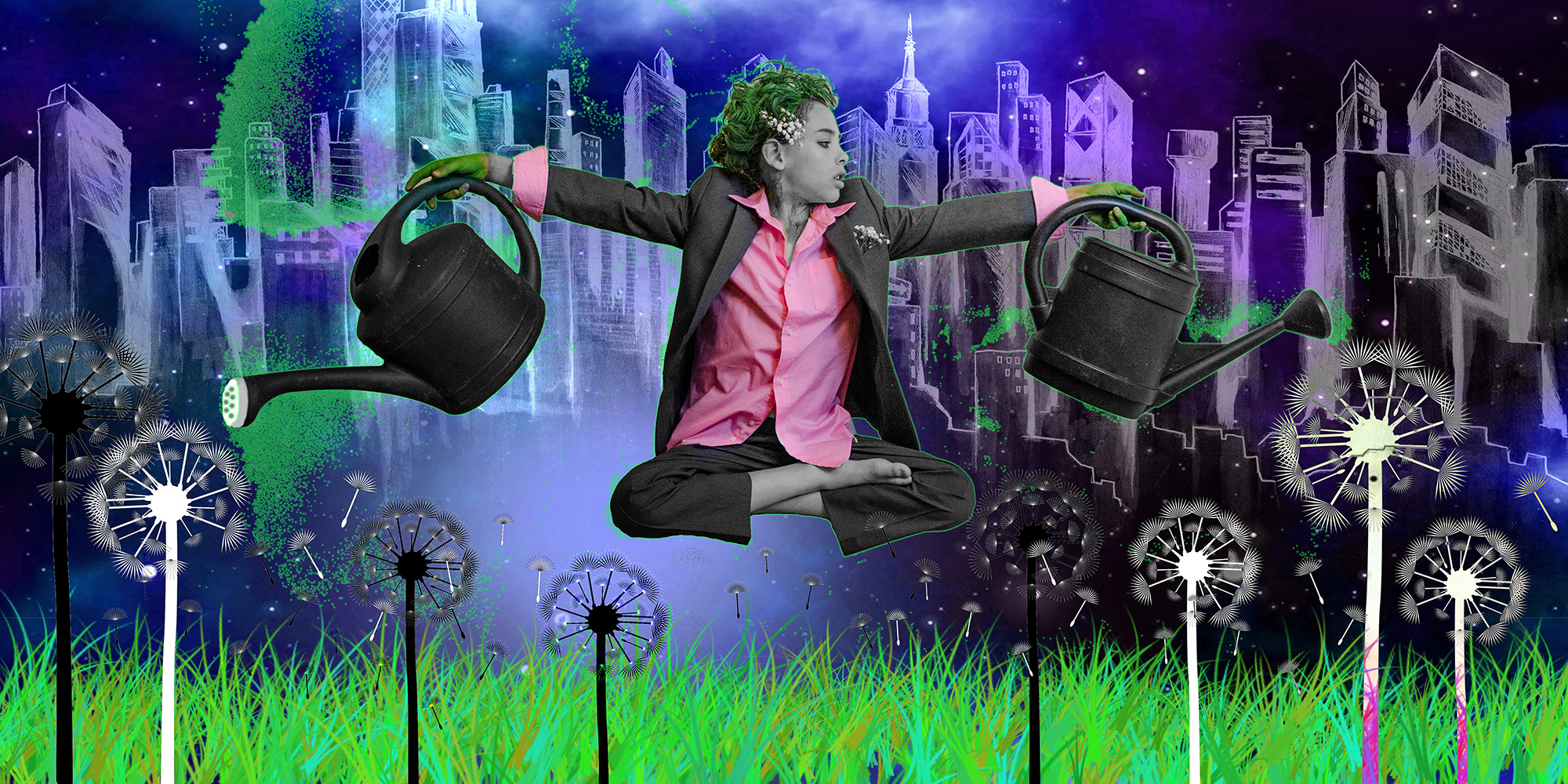Permaculture mimics patterns found in nature to produce, within closed looping systems, the most yield from the least amount of effort. Permaculture follows the ethics of Planet Care, People Care, & Fair Share
Learn more… Request a consultation today~
Permaculture is an integrated ecological & social design system used to create healthy urban and rural environments that provide plants, animals, and humans their basic necessities (and more) within a regenerative approach.
12 Principles of Permaculture (David Holmgren)

Observe and Interact – “Beauty is in the mind of the beholder”
By taking the time to engage with nature we can design solutions that suit our particular situation.

Catch and Store Energy – “Make hay while the sun shines”
By developing systems that collect resources when they are abundant, we can use them in times of need.
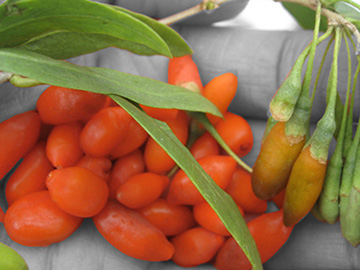
Obtain a yield – “You can’t work on an empty stomach”
Ensure that you are getting truly useful rewards as part of the working you are doing.
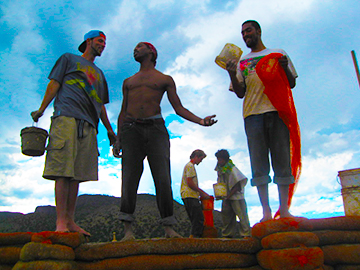
Apply Self Regulation and Accept Feedback – Encouraging appropriate activity ensures that systems can continue to function well.

Use and Value Renewable Resources and Services – “Let nature take its course”
Make the best use of nature’s abundance to reduce our consumptive behavior and dependence on non-renewable resources.

Produce No Waste – “Waste not, want not” or “A stitch in time saves nine”
By valuing and making use of all the resources that are available to us, nothing goes to waste.
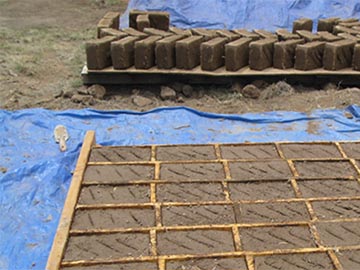
Design From Patterns to Details – “Can’t see the forest for the trees”
By stepping back, we can observe patterns in nature and society. These can form the backbone of our designs, with the details filled in as we go.

Integrate Rather Than Segregate – “Many hands make light work”
By putting the right things in the right place, relationships develop between those things and they work together to support each other.
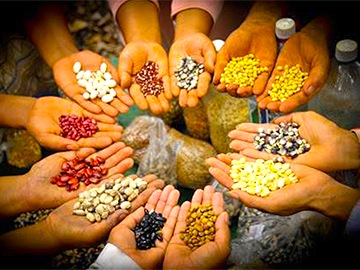
Use Small and Slow Solutions – “Slow and steady wins the race”
Small and slow systems are easier to maintain than big ones, making better use of local resources and produce more sustainable outcomes.

Use and Value Diversity – Diversity reduces vulnerability to a variety of threats and takes advantage of the unique nature of the environment in which it resides.

Use Edges and Value the Marginal
The interface between things is where the most interesting events take place. These are often the most valuable, diverse and productive elements in the system.

Creatively Use and Respond to Change –
We can have a positive impact on inevitable change by carefully observing and then intervening at the right time.
